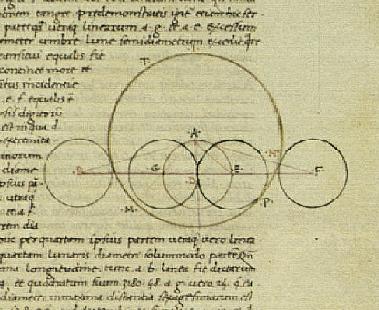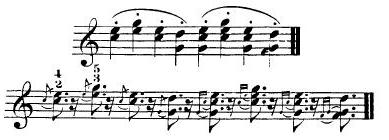We truly learn so much by reading music performance treatises; yet we make a mistake if we read them too simply. Many useful keyboard how-to-books grow from Enlightenment sensibilities: treatises penned by the keyboardists C. P. E. Bach, Daniel Gottlob Türk, Carl Czerny, Ignaz Moscheles.
 I’m not suggesting that these authors were practicing “esoteric writing” — the deliberate making of paradoxes and puzzles of meaning. I’m suggesting that just as we seek to read written music with greater and greater nuance, so we can scrutinize, and contextualize verbal texts about music with increasing discernment.
I’m not suggesting that these authors were practicing “esoteric writing” — the deliberate making of paradoxes and puzzles of meaning. I’m suggesting that just as we seek to read written music with greater and greater nuance, so we can scrutinize, and contextualize verbal texts about music with increasing discernment.
This blog may be a treatise…
The making of music performance treatises may represent the wish to consider a practice filled with subtle qualitative refinements from the denotative point of view of quantities.
Before, I have explored how recorded music changes as the reference points of the hearer change. Various musical “circuits” depend on reception, as well as transmission.
As we read instructions from a treatise, we can focus on how a tool or technique is used to accomplish a result — rather than merely to copy the technique. A provocative case comes from Opus 70 of Ignaz Moscheles. Here, in a musical example, a line of double-notes and three-note chords marked with slurs and dots, is followed by suggested realization:
Like any teacher, the treatise writer isn’t necessarily able to describe or discern accurately what he does himself. Teachers try their best to explain. But how closely do their explanations correspond to something an outside observer would recognize as their actual instrumental or artistic practice?
I imagine the hand of Moscheles on a keyboard, pushing down into the keys to make the “portato” touch signified by a slur over dots. Is Moscheles’ suggested unsynchronized attack of these double-notes and chords a defining aspect of the realization of this notation? By putting the notes out of rhythmic alignment the feeling of carrying hand-weight into the production of the second or third note in the group is emphasized. A reader might only see the non-simultaneous attacks…
Is it possible that as time and place change, the details, the technique of realizing an artistic goal will need to change? Perhaps to cling to the surface details is to ordain obsolescence…
We read with our eyes, our sensibilities — of our place and time. The page reflects us back at ourselves inevitably, irremediably, gloriously.



Just as an impressionist painter applies to the canvas what is needed to evoke the desired perception by the viewer, it would seem that musical composers, performers (and recording studios) can achieve a similar effect. It’s not what we write or play that counts; it’s what the listener hears.